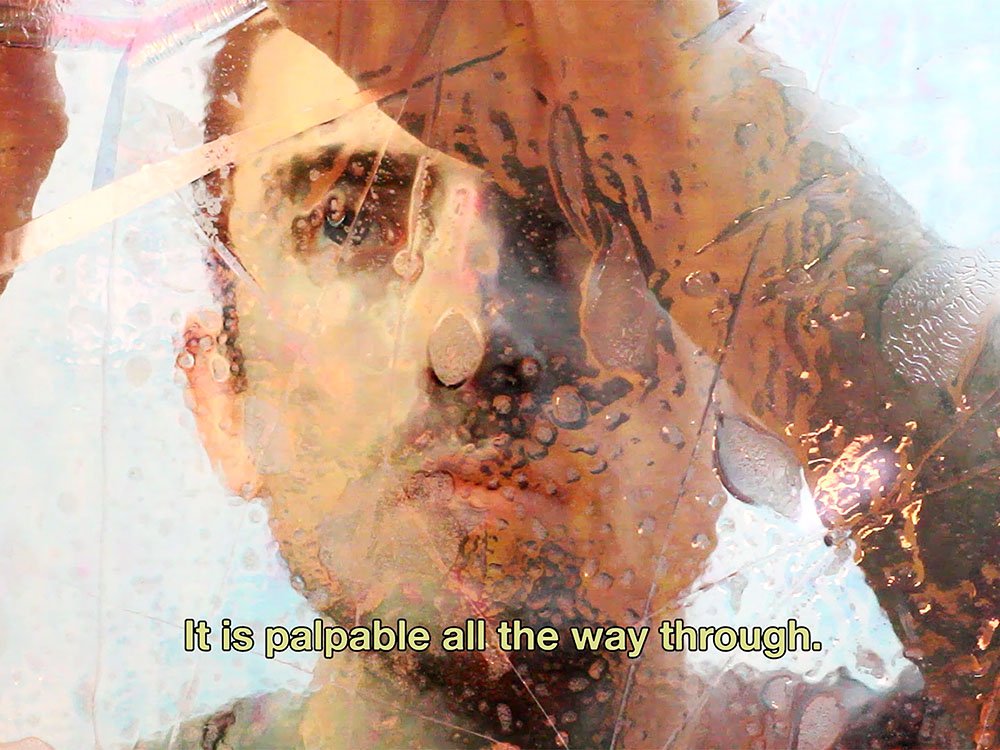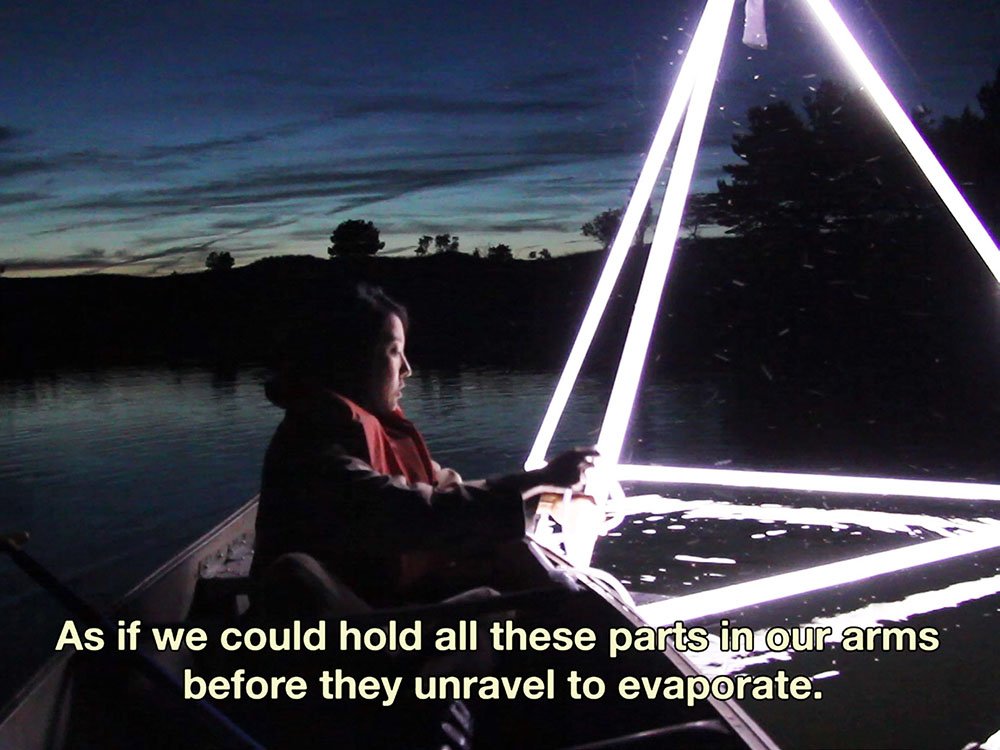Jonah King
Bio: Jonah King is an artist from Dublin, Ireland. He makes films, drawings, and other things about the ways we hope.
Thesis Exhibition


Artist Statement: I A 3D scan of the body of Martha, the last Passenger Pigeon, spins on the webpage of the Smithsonian Museum. At the Ancient DNA Lab at U.C. Santa Cruz, scientists are attempting to bring her species back from extinction. Drawing on DNA from the soft pads between Martha’s toes and the feet of other passenger pigeons, such as her former mate George, who kept her company at Cincinnati Zoo until 1910.
To think about the form of the hand, as it evolved to touch, to grasp, to protect, we must also think of the evolution of the forms touched, the plants, the tool, the body of your lover. And know that these things coaxed each other into form. So as the fruit made themselves edible, and so too did we learn to taste the sweetness of fruit. As, more recently, we formed user interfaces ergonomically to hands, and soon found our thumbs and forefingers were morphing to the controllers.
Up until the late 1800s, it was believed that crystals, rocks and metal grew under the surface of the soil like organic matter. Understanding of sediment compression came later. Now that humans are geological forces, we can be compared to the glacier that carved the valley and the volcano that birthed the mountain. In that logic the screen is the evolutionary conclusion of the rock. Coltan from the Congo, glass made of sand, plastics from plankton.
So what does that make the 3D form? The magical conjuring of data is not separable from the material. This text as I type it is copper, zinc, alloy, bedrock, rubber. It is palpable all the way through. The digital image has a past, present, and future in the economy of minerals and molecules that undulate the earth. The 3D render, a momentary wave and break of planetary deep time.
